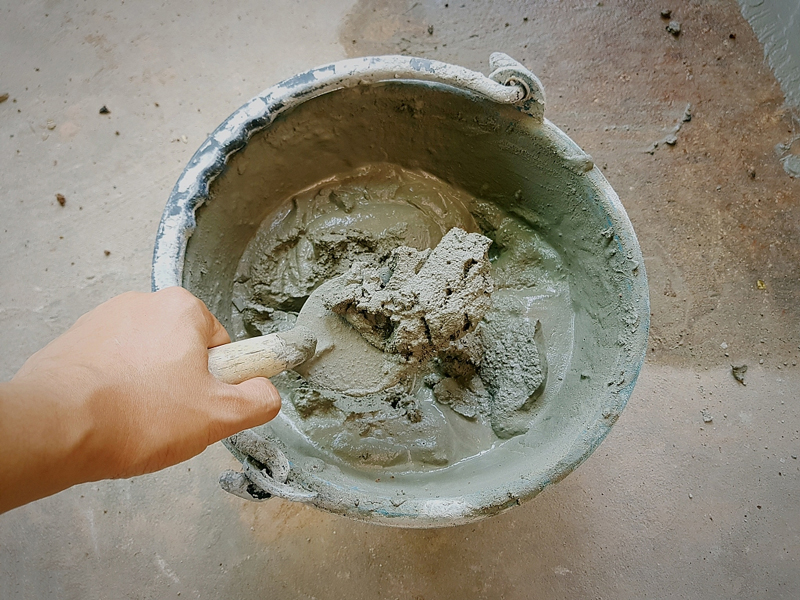AnxinCel® cellulose ether HPMC/MHEC products in repair mortars can improve the following properties:
·Improved water retention
·Increased crack resistance and compressive strength
·Enhanced the strong adhesion of mortars.
Cellulose ether for Repair Mortars
Repair mortar is a premium quality pre-mixed, shrinkage-compensated mortar made from selected cements, graded aggregates, lightweight fillers, polymers and special additives.Repair mortar is mainly used to repair the surface damage parts of concrete structures such as cavities, honeycombs, breakages, spalling, exposed tendons, etc., to restore the good performance of the concrete structure.
It can also be used as carbon fiber reinforced leveling mortar, high-performance masonry mortar, and plastering leveling protective mortar for steel strand reinforcement in buildings (structures). The product is added with a variety of high molecular polymer modifiers, redispersible polymer powder and anti-cracking fibers. Therefore, it has good workability, adhesion, impermeability, peeling resistance, freeze-thaw resistance, carbonization resistance, crack resistance, steel rust resistance and high strength.

Construction instructions
1. Determine the repair area. The repair treatment range should be 100mm larger than the actual damage area. Cut or chisel out the vertical edge of the concrete repair area with a depth of ≥5mm to avoid thinning of the edge of the repair area.
2. Clean the floating dust and oil on the surface of the concrete base layer in the repair area, and remove the loose parts.
3. Clean up the rust and debris on the surface of the exposed steel bars in the repair area.
4. The concrete base layer in the cleaned repair area shall be chipped or treated with a concrete interface treatment agent.
5. Use air pump or water to clean the surface of the concrete base in the repaired area, and no clear water should be left during the next process.
6. Stir the high-strength repair mortar according to the recommended mixing ratio of 10-20% (weight ratio) of water. Mechanical mixing is sufficient for 2-3 points and it is conducive to the quality and speed of mixing. Manual mixing should be at 5 points to ensure uniform mixing.
7. The high-strength repair mortar that has been mixed can be plastered, and the thickness of one plaster should not exceed 10mm. If the plastering layer is thick, a layered and multiple plastering construction method should be used.
| Recommend Grade: | Request TDS |
| HPMC AK100M | Click here |
| HPMC AK150M | Click here |
| HPMC AK200M | Click here |